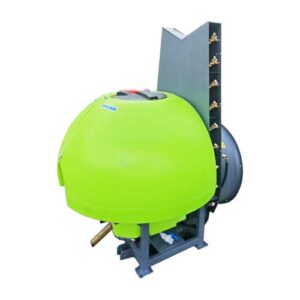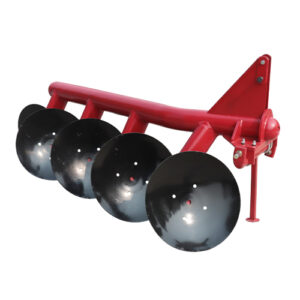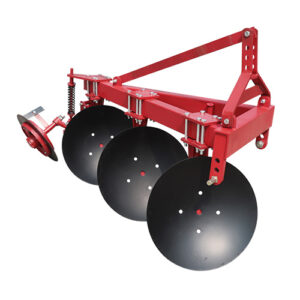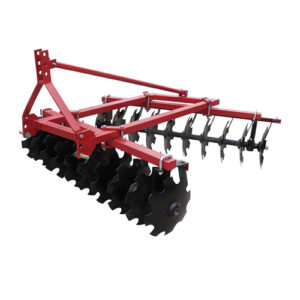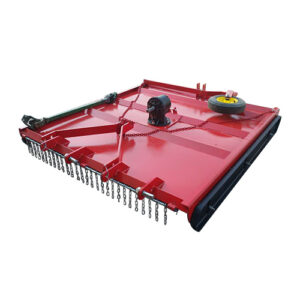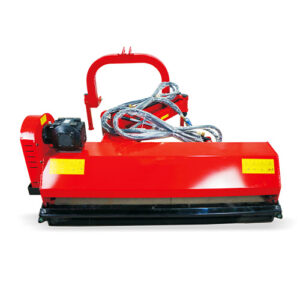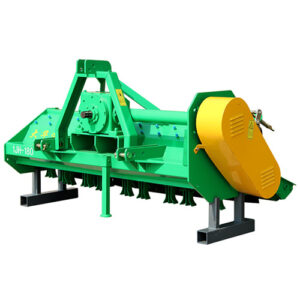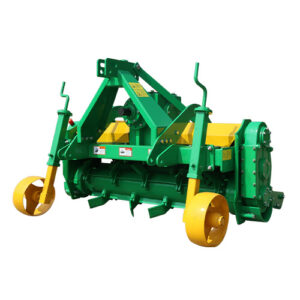Introduction

In the realm of modern agriculture, efficiency and productivity are paramount. Among the many innovations that have revolutionized farming practices, square bale hay balers stand out as indispensable tools. These machines have transformed the way hay is harvested, processed, and stored, offering farmers a cost-effective and convenient solution to their hay baling needs. In this blog post, we delve into the significance of square bale hay balers in modern agriculture, exploring their features, benefits, and impact on farming operations.
Evolution of Square Bale Hay Balers
Square bale hay balers have a rich history, evolving from early manual balers to sophisticated mechanized systems. The development of the first square baler in the 19th century marked a significant milestone in agricultural technology, allowing farmers to streamline the process of hay baling. Over the years, advancements in engineering and design have led to the creation of highly efficient balers capable of producing uniform bales with minimal labor input.
Key Features and Functions
Modern square bale hay balers are equipped with a range of features designed to optimize performance and output. These include:
- Automatic Knotting Systems: Integrated knotting systems automate the process of securing bales, reducing the need for manual intervention and improving efficiency.
- Adjustable Bale Size: Many balers offer the flexibility to adjust bale dimensions to suit specific storage and transportation requirements, enhancing versatility.
- In-Cab Controls: User-friendly in-cab controls enable operators to monitor and adjust baling parameters on the go, maximizing productivity and convenience.
- Bale Density Control: Precision bale density control mechanisms ensure consistent bale density, resulting in higher-quality bales and improved storage efficiency.
- Bale Accumulators: Some balers feature built-in bale accumulators that automatically stack bales, minimizing downtime and labor requirements during the baling process.
Benefits of Square Bale Hay Balers
The adoption of square bale hay balers offers numerous benefits to farmers and agricultural businesses:
- Increased Efficiency: Square balers significantly reduce the time and labor required for hay baling, allowing farmers to increase their overall efficiency and productivity.
- Improved Bale Quality: By producing uniform, tightly compressed bales, square balers help maintain the quality and nutritional value of hay, enhancing its marketability and appeal to livestock owners.
- Enhanced Storage and Transportation: Compact square bales are easier to store, stack, and transport compared to loose hay or round bales, enabling farmers to optimize their storage space and logistics.
- Cost Savings: While the initial investment in a square bale hay baler may be significant, the long-term cost savings in labor and storage expenses often outweigh the upfront costs, resulting in a favorable return on investment.
- Environmental Benefits: Efficient hay baling practices contribute to environmental sustainability by reducing waste, minimizing carbon emissions, and preserving natural resources.
Case Studies: Real-World Applications
To illustrate the practical implications of square bale hay balers, let’s consider two case studies showcasing their usage in different agricultural settings:
- Family-Owned Farm: A small family-owned farm invests in a square bale hay baler to improve operational efficiency and reduce labor costs during hay baling season. By automating the baling process, the farm is able to increase its bale output while minimizing manual labor requirements, ultimately enhancing profitability and sustainability.
- Large-Scale Commercial Operation: A large-scale commercial farm integrates square bale hay balers into its hay production workflow to meet the demands of its expansive livestock operations. The adoption of advanced baler technology enables the farm to streamline baling operations across multiple fields, ensuring consistent bale quality and maximizing overall productivity.
Components of a Square Bale Hay Baler

| Component | Function |
|---|---|
| Pickup Mechanism | Gathers loose hay from the field for baling |
| Feeding System | Transfers hay to the baling chamber |
| Compression Chamber | Compacts hay into square bales |
| Knotting Mechanism | Secures bales with twine or wire |
| Bale Ejection System | Releases completed bales from the baler |
| Bale Density Control | Adjusts bale density for optimal storage and quality |
| Knotter Monitoring | Monitors knotting mechanism for malfunctions |
| In-Cab Controls | Allows operators to adjust baling parameters on the go |
Conclusion
In conclusion, square bale hay balers play a crucial role in modern agriculture by offering farmers a reliable and efficient solution for hay baling. With their advanced features, benefits, and real-world applications, these machines have become indispensable assets on farms of all sizes. As technology continues to evolve, square bale hay balers will likely remain at the forefront of hay harvesting practices, driving innovation and productivity in the agricultural sector.
FAQ
Q:What is the difference between square bale hay balers and round balers?
A:Square bale hay balers produce compact, rectangular bales, whereas round balers create cylindrical bales. Square bales are often preferred for their ease of handling and storage.
Q:How long does it take to bale a field with a square bale hay baler?
A:The baling time depends on various factors such as field size, crop density, and baler capacity. However, modern square bale hay balers are capable of efficiently baling large fields in a relatively short timeframe.
Q:Can square bale hay balers handle wet or damp hay?
A:While square bale hay balers are designed to handle dry hay efficiently, excessive moisture can pose challenges during the baling process. It is advisable to bale hay when moisture levels are optimal to ensure bale quality and prevent equipment damage.



